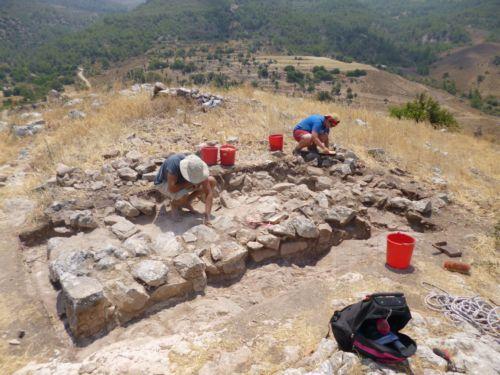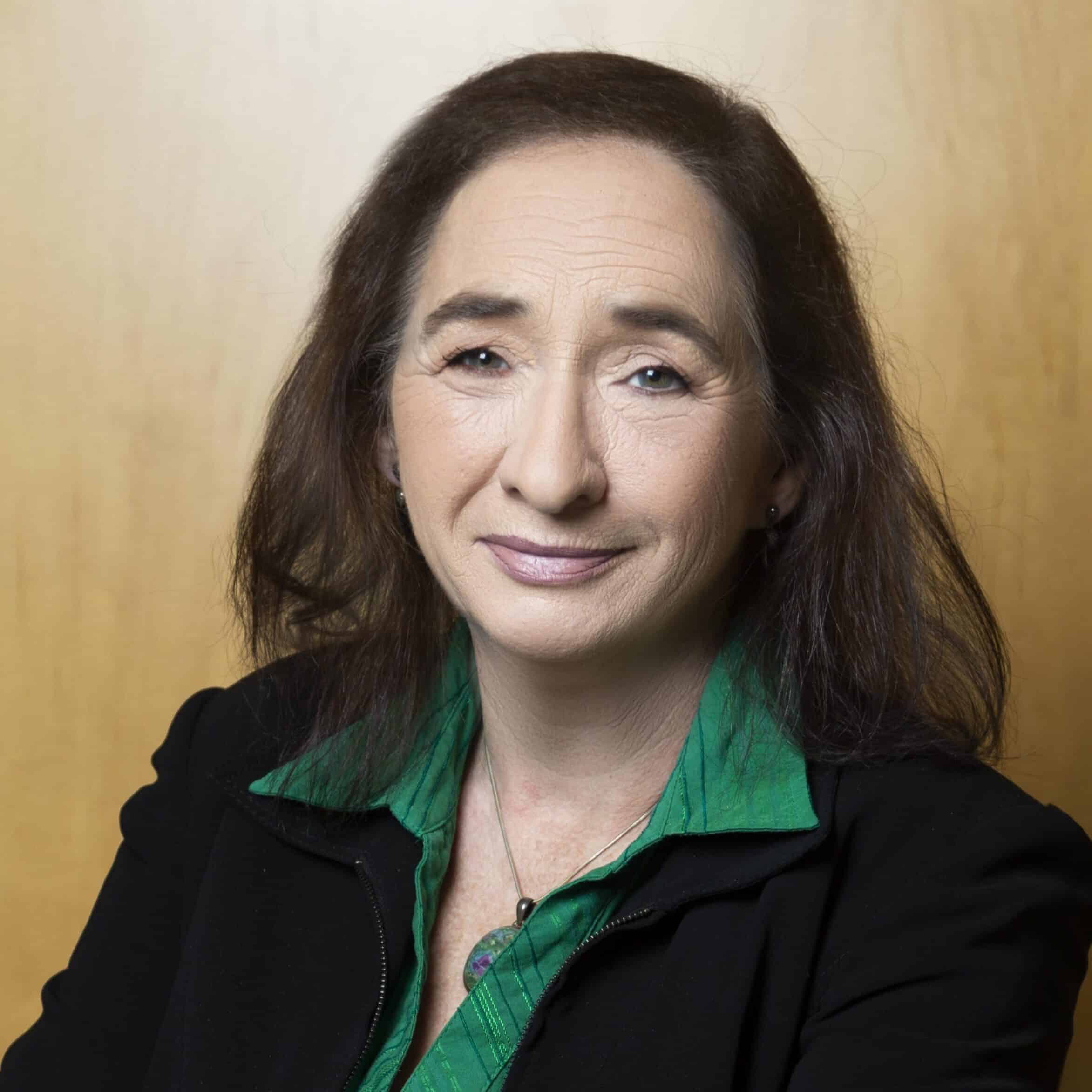Archaeologists have uncovered what they believe could have been an ancient kiln used in the production of ceramic vessels during the Middle Bronze Age at a site in the Paphos district, northeast of Polis.
The Middle Bronze Age which dated from1900 to1600 BC, was said to be a relatively short period in comparison to the early and late bronze ages, with its earlier years marked by peaceful development and thriving economies.
At the end of this period there is evidence of fortresses being built in various places, which showed the changing times.
The evidence uncovered during the 2023 excavations at the Middle Bronze Age site at Makounta-Voules-Mersinoudia, focused on expanding understanding of the Chalcolithic village and learning more about what archaeologists uncovered during previous excavations between 2017 and 2022.
During the first six years, teams uncovered evidence for a series of round buildings dating to the Chalcolithic period, fire installations and copper mining activities at the site.
In 2023, excavations focused on expanding their understanding of the Chalcolithic village and learning more about the fire installations.
The earliest context exposed during the 2023 season was the stone foundation of a Chalcolithic period round building. This building was not preserved in its entirety; approximately half of the circumference remains, the antiquities department said.
“The building appears to have been in use at the same time as an adjacent round building exposed during previous seasons. In total, three Chalcolithic round buildings have been uncovered at the site and a small portion of a wall uncovered in 2023 might be the edge of a fourth,” it said.
The buildings all feature interior floor assemblages comprising ceramic vessel fragments, stone tools, animal bones, pieces of the collapsed wall and other artefacts.
Excavations in 2023 also further exposed the two fire installations.
“While the purpose of the upper fire installation cannot be determined with certainty, the lower one appears to have been used for firing ceramic vessels, though it may also have had other uses,” the antiquities department said. The fire installations have been dated by associated ceramics to the Middle Bronze Age.
“Work at Makounta-Voules-Mersinoudia is yielding important new information about the Chalcolithic period and the Bronze Age on the island’s northwest coast,” the department added.
“The recently completed 2023 excavation season builds on previous work at the site and, at the same time, opens up new questions about social life in prehistoric Cyprus.”
The excavations at the site were carried out last summer by teams from the North Carolina State University and the University of Nevada. The project was directed by Dr Kathryn Grossman with funding from the US National Science Foundation and in collaboration with Dr Tate Paulette, Dr Lisa Graham and Dr Andrew McCarthy. Students from North Carolina State University and other colleges across the US joined the team.







Click here to change your cookie preferences